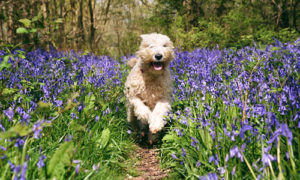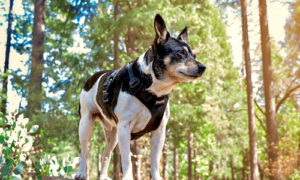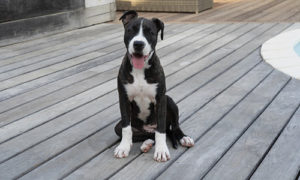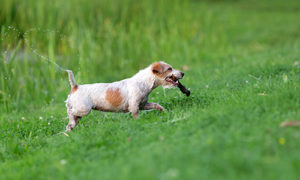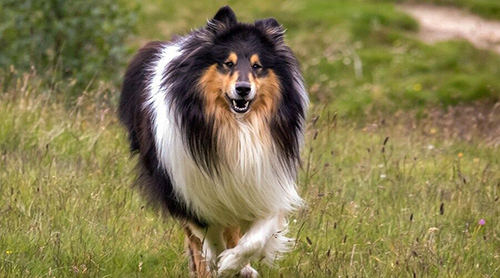
The Collie had played an indispensable role in the lives of shepherds and drovers for centuries, even before kennel clubs came into existence. The dogs were bred for working abilities rather than appearance, and the type of dog found along the Scotland border, and England became known as the “Scotch Collie.” The Collie gained popularity during the Victorian era as one of the Queen’s favorite dogs. In fact, the Queen owned 88 collies throughout her lifetime.
The origin of the Collie is as ambiguous as the origin of its name. According to one theory of the breed’s derivation, it originated from the same foundation stock as the Border Collie. On the other hand, one view of the origin of the dog’s name was obtained from a Gaelic word meaning useful, which definitely illustrated the valuable farm or stock dogs prized by the Celts who initially settled on the British Isles.
Collie’s moved into public culture with the publication of Albert Payson Terhune’s Lad of Sunnybank, and the breed achieved lasting fame thanks to the Lassie books, movies, and Television series.
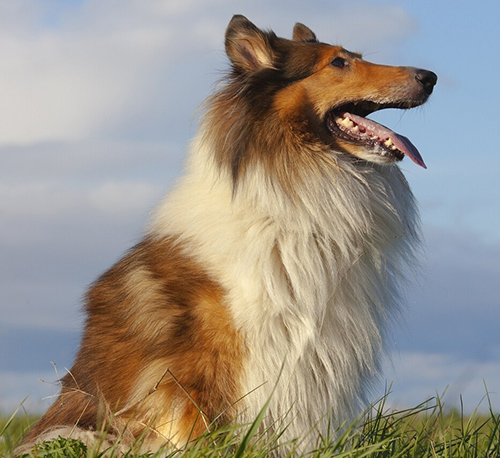
Breed Standard
The Collie is a well-balanced, moderately-sized, athletic dog with rectangular proportions. The dog is muscular and sturdy but never coarse in appearance. Its tail is long and carried gaily when the dog is moving, but it is never carried high over the back. The Collie’s head is shaped like a thin, elegant wedge; it is flat and tapers smoothly from the ears to the point of the black nose. The eyes are almond-shaped and placed obliquely on the skull. The ears are carried three-quarters erect with tips folded over when the dog is alert. The Collie’s expression is intelligent, sensible, and capable.
Breed Facts
| Energy level | Watchdog ability | ||
| Exercise requirements | Protection ability | ||
| Playfulness | Grooming requirements | ||
| Affection level | Cold tolerance | ||
| Friendliness toward dogs | Heat tolerance | ||
| Friendliness toward other pets | Friendliness toward strangers | ||
| Ease of training |
- Popularity: Popular
- Family Group: Livestock, Herding
- Country of Origin: Scotland
- Date developed: 1800s
- Original Purpose: Sheepherding
- Current Function: Herding trials
- Other Names: None
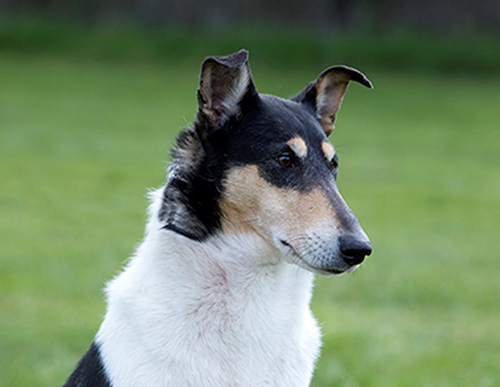
Activity level: Moderate. The Collie is a working dog famous for its stamina and agility. They are wonderfully well-behaved house dogs as long as they have sufficient companionship and daily activity. There should be a good jog or walk on a leash or a vigorous, fun play session every day. Herding is the dog’s favorite thing to do; therefore, if possible, let them do what they were bred to do.
Grooming: The Rough Collie requires brushing and combing twice weekly, along with daily brushing and combing during shedding season. The Smooth Collie should be brushed weekly, with daily brushing during seasonal shedding.
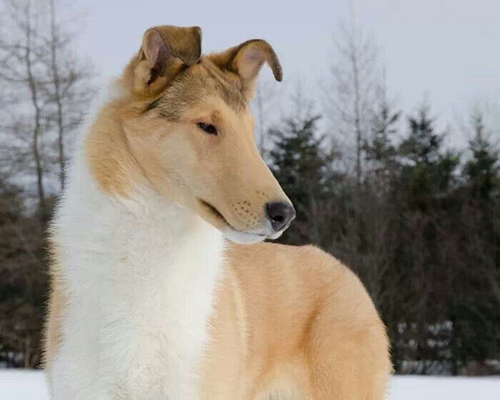
Coat: The rough coat combines a short, smooth coat on the face and legs and a longer coat on the body and tail. The outer coat is straight, harsh, and abundant, and the undercoat is highly dense and soft. The smooth coat is short, hard, thick, and flat with an abundant undercoat.
Color: There are four recognized colors, including sable and white (sable with white markings), tri-color (black with white colorations and tan shadings), blue merle (“marbled” blue-grey and black with white markings and usually with tan shadings), and white (white base color, usually with sable, tri-color, or blue merle markings).
Group: Herding
Year recognized by the AKC: 1885
Collie Temperament
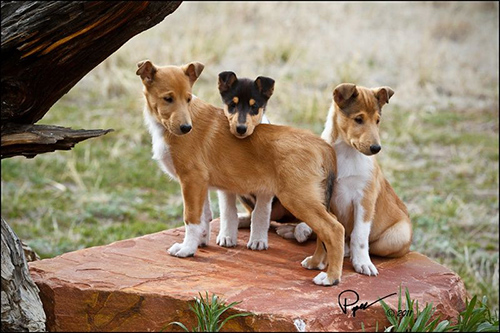
Collies are gentle, receptive to training, sensitive, and notoriously easy to housetrain. However, they can become timid if not socialized, and they can develop bad habits, such as excessive barking, if neglected or bored. The Collie is devoted, gentle, and a good-natured friend to all it meets. It is among a few breeds with true working heritage.
The dog demands physical and mental exercises, or it can become discouraged. It is willing to please, intelligent, and sensitive. However, on a negative note, the dog can be stubborn at times, and it can nip at heels during play.
Health
- Major Problems: none
- Minor Issues: CEA, PRA, gastric torsion, dermatomyositis, demodicosis
- Rarely seen: seizures, microphthalmia, CHD, cyclic neutropenia
- Recommended Tests: eye, (DNA for CEA), DNA for PRA, DNA for drug sensitivity
- Life Span: 8 to 12 years
- Note: Homozygous merles may have visual or hearing problems
- Weight: male – 60 to 75 pounds; female – 50 to 65 pounds
- Height: male – 24 to 26”; female – 22 to 24”
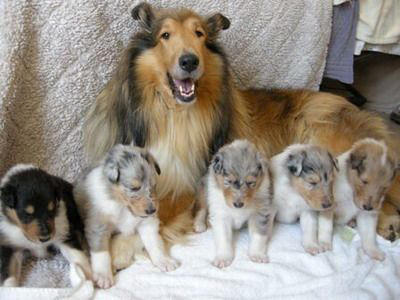
Breeder and Buyer’s Advice
Educate yourself about the breed’s health and temperament before choosing a Collie. Purchase only from a reputable and trusted breeder who has their dogs tested and screened for common health issues. The price of puppies is dependent on the breed and the dog’s pedigree.
Parent club: Collie Club of America; founded in 1886
Rescue: Collie Rescue Foundation Inc.

